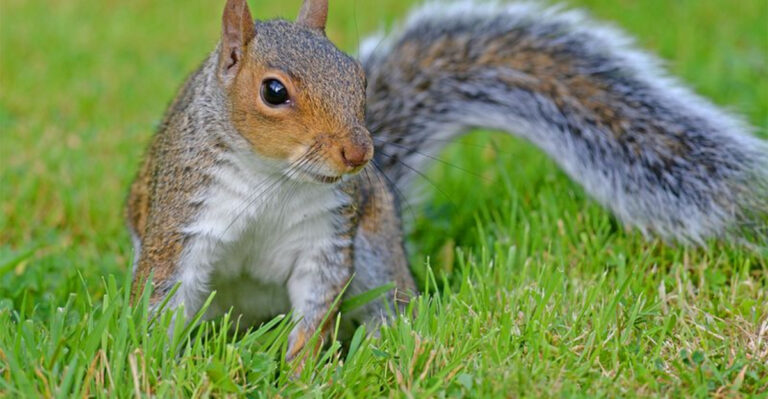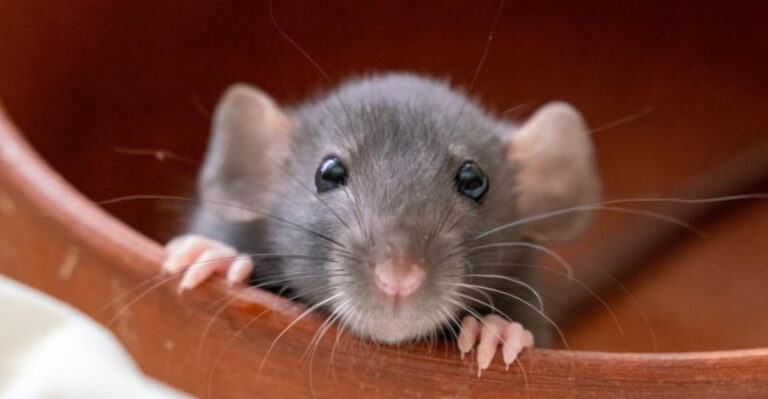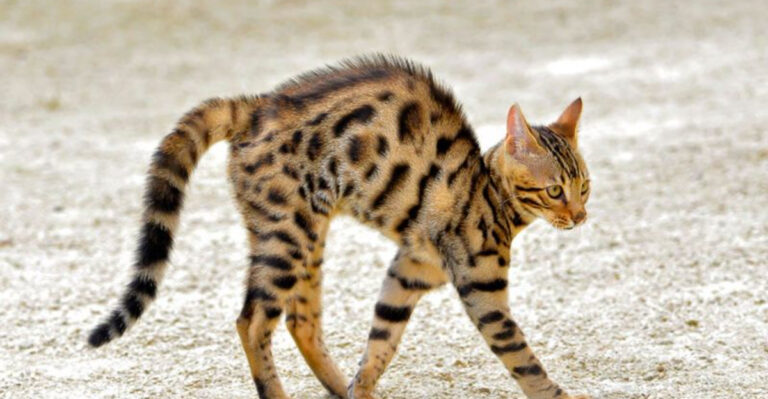10 Common Questions About Suet For Birds
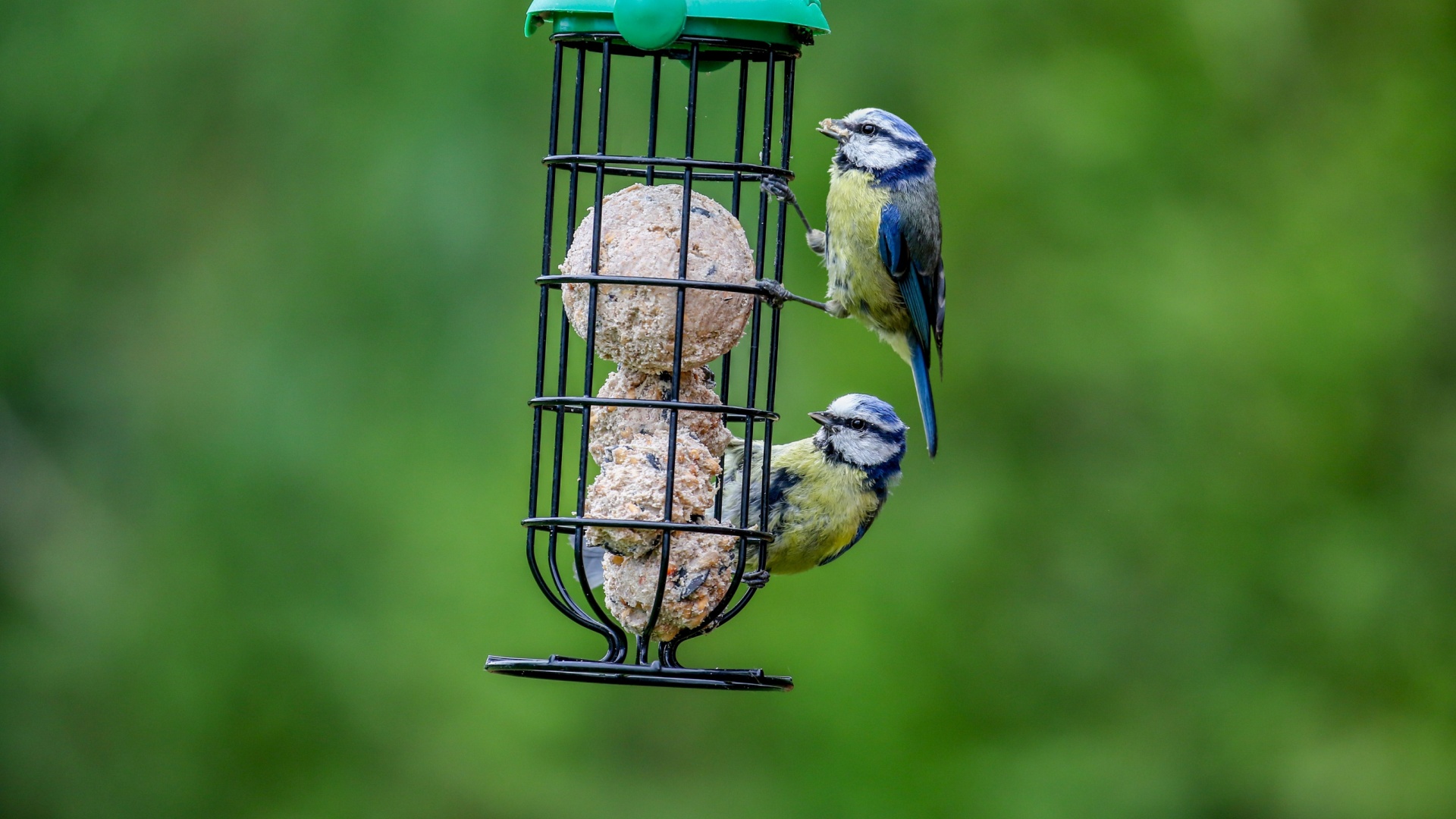
Bird enthusiasts often turn to suet as a nutritious supplement to support wild bird populations, especially during colder months when natural food sources are scarce.
Understanding suet feeding can enhance bird watching experiences and support wildlife conservation efforts. Here, we address some common questions to help you become a suet expert.
1. What Is Suet?

Suet is a high-energy, pure fat substance that comes from beef or mutton. It is a popular choice for feeding wild birds, especially during cold weather when birds need more energy to sustain themselves. Suet can be offered plain or mixed with other ingredients, such as seeds, nuts, or dried fruits, to make it even more appealing.
Bird enthusiasts often use suet feeders, which can be simple wire cages, specialized suet feeders, or even homemade contraptions.
The main advantage of suet is its ability to provide birds with the necessary fats that fuel their metabolism and help maintain their body heat. Offering suet not only attracts a wide variety of birds but also provides an excellent opportunity for bird watching and wildlife photography.
Whether seasoned birders or novices, many find joy in observing the vibrant activity that a suet feeder can bring to their backyard.
2. Why Is Suet Important For Birds?
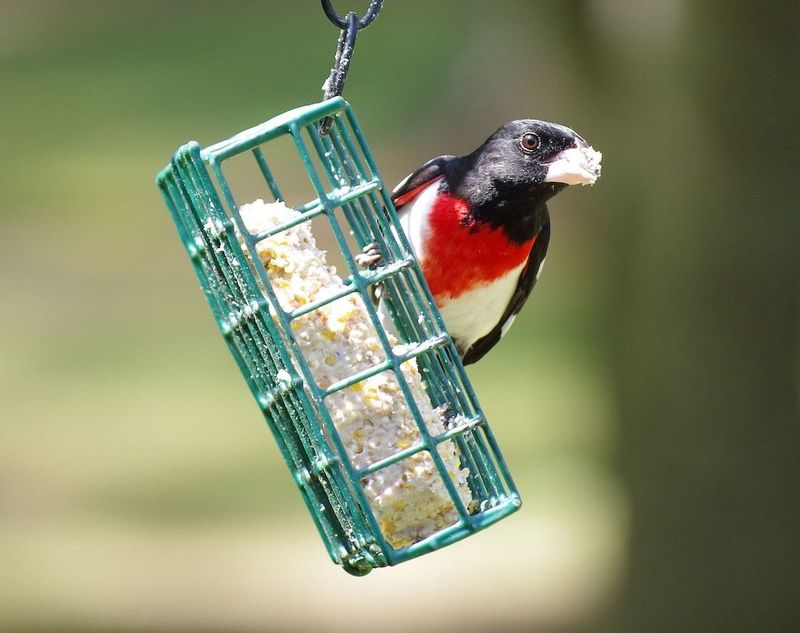
Suet is crucial for birds, especially in winter, as it offers high caloric content needed for survival. Birds expend significant energy to maintain body temperature, and suet provides essential fats and proteins that are easily digestible.
In addition to its nutritional value, suet supports various bird species, including woodpeckers, nuthatches, and chickadees, who are particularly attracted to its rich texture. Suet feeding stations also create opportunities for diverse bird interactions, enriching the local ecosystem.
By providing suet in your garden, you not only help birds through harsh weather but also encourage natural pest control. Birds feeding on suet may stick around to eat insects, reducing the need for chemical interventions. Thus, suet serves a dual purpose: nourishing birds and supporting environmentally friendly gardening.
3. How Do You Prepare Suet For Birds?
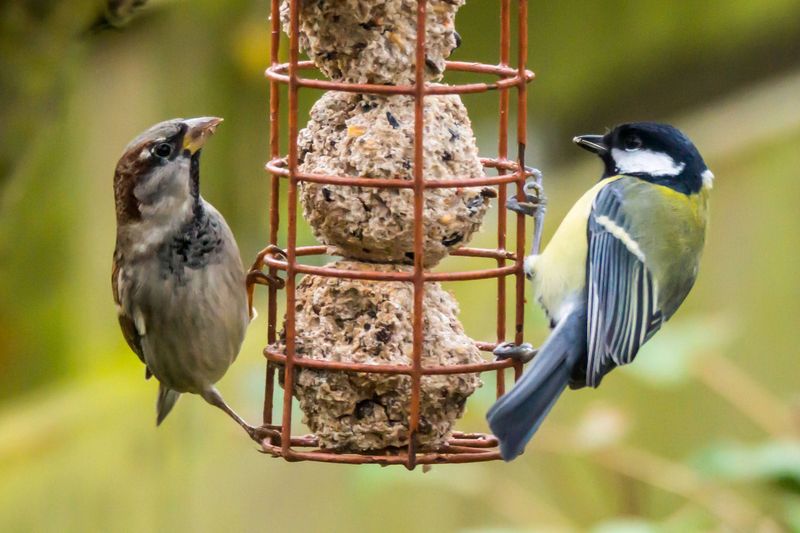
Preparing suet for birds can be a simple and rewarding activity. Store-bought suet cakes are convenient, but homemade suet allows for customization. Start by melting beef fat slowly over low heat until it liquefies.
Once melted, strain it to remove impurities and let it cool until semi-solid. Add ingredients like birdseed, peanuts, and dried fruits to enrich the mixture. Pour the blend into molds or containers to form cakes and refrigerate until fully set.
This homemade approach allows you to control the quality and variety of ingredients, providing a tailored experience for the birds in your area.
Offering suet in different forms can attract a broader range of species. By experimenting with various mixtures, bird enthusiasts can observe which combinations are most favored by local birds, contributing to more engaging and dynamic bird-watching experiences.
4. What Birds Are Attracted To Suet?
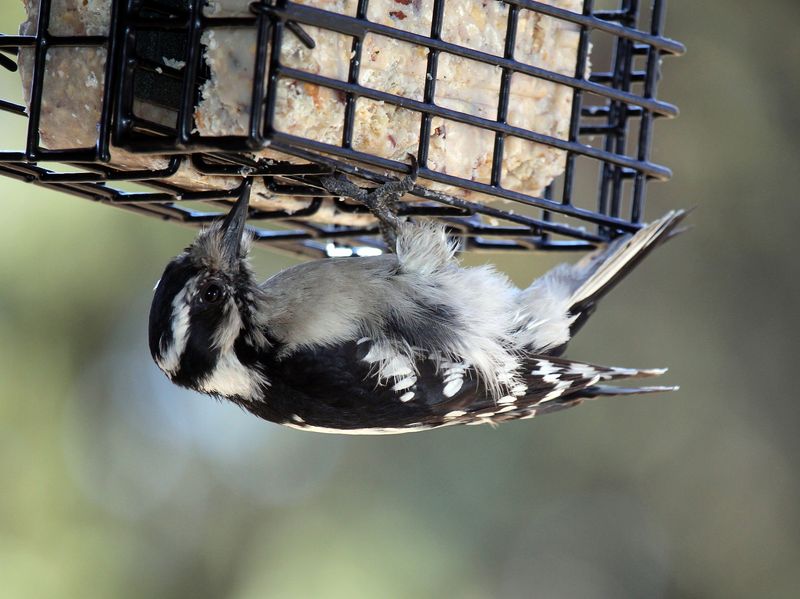
Suet attracts a wide array of bird species, making it a versatile option for bird enthusiasts. Common visitors include woodpeckers, known for their fondness of suet’s dense texture, and nuthatches, which are often seen darting in and out of feeders.
Chickadees and titmice are frequent guests, adding lively activity to your backyard as they flit around suet feeders. Other species, like wrens and jays, may also visit, depending on the regional bird population and the suet’s composition.
The allure of suet is its ability to draw in both common and rare species, providing a rich tapestry of bird life. By observing the birds attracted to suet, you gain insights into the local ecosystem and enjoy the dynamics of avian behavior, making suet feeding a continuously rewarding endeavor.
5. Are There Different Types Of Suet?
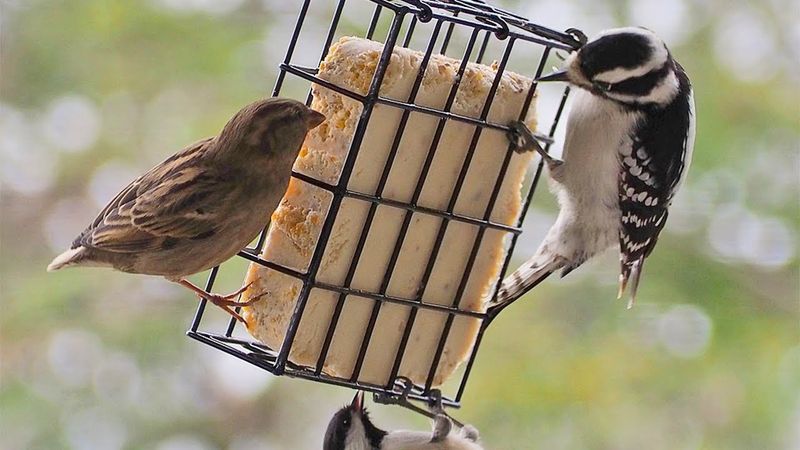
Yes, suet comes in various forms to cater to different bird preferences and feeding habits. Plain suet is the simplest form, offering pure fat without additives. It’s ideal for purists who want to avoid additional ingredients.
For those looking to attract a wider variety of birds, suet mixed with seeds, nuts, or fruits provides added appeal. These mixes offer diverse textures and flavors, increasing the likelihood of attracting different species.
Additionally, you can find spiced or flavored suet, which may include ingredients like hot pepper to deter squirrels while still attracting birds.
Understanding the different types of suet can help you choose the best option for your local bird population, enhancing your bird-watching experience by drawing in a broader spectrum of avian visitors.
6. How To Choose A Suet Feeder?
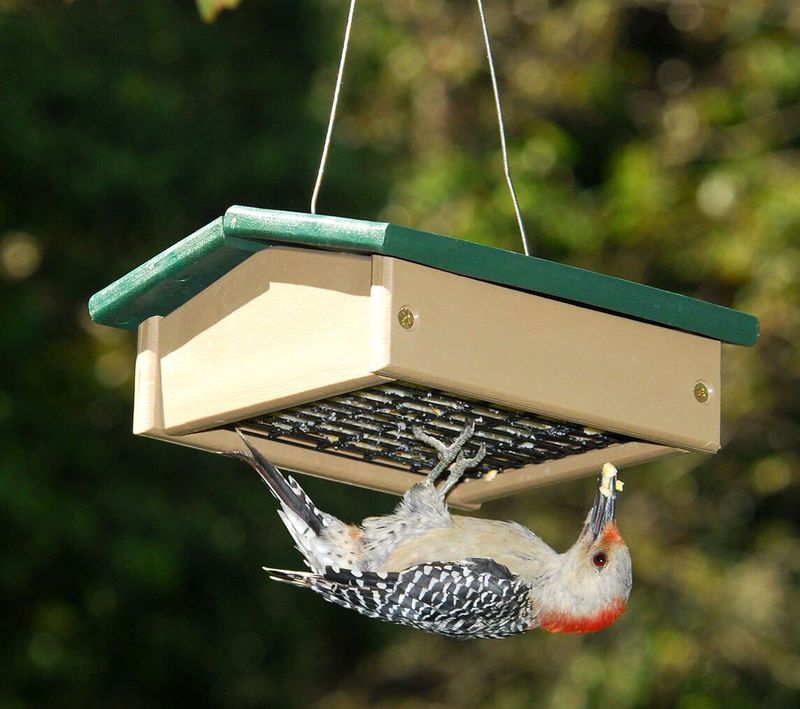
Choosing the right suet feeder depends on the birds you aim to attract and your garden’s specific conditions. Wire-cage feeders are popular and versatile, allowing easy access for birds while keeping suet secure.
For woodpeckers, consider log feeders, which mimic natural feeding environments and encourage their natural foraging behavior. Suet holders with roofs protect the suet from rain, maintaining its quality longer.
When selecting a feeder, consider placement to protect from predators and unwanted animals. Positioning feeders near bushes or trees provides birds with quick escape routes from predators.
By choosing the right feeder, you can enhance the effectiveness of your suet feeding and enjoy a more diverse bird-watching experience.
7. Can Suet Be Used Year-Round?
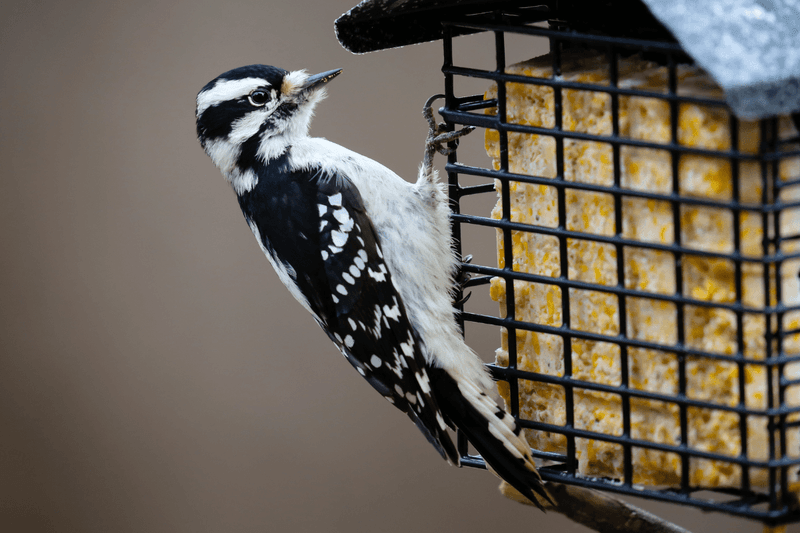
While suet is most commonly used in winter, it can be offered year-round with some precautions. During summer, high temperatures can cause suet to melt, leading to spoilage. To prevent this, use no-melt suet formulas or place suet in shaded areas to keep it cool.
Year-round suet feeding supports birds during breeding and molting seasons when they require extra energy. It attracts a range of species, providing consistent wildlife interaction throughout the year.
By adapting your suet offering to the seasons, you ensure that birds have access to essential nutrients whenever they need them, fostering a vibrant and thriving bird population in your garden.
8. What Ingredients Should Be Avoided In Suet?
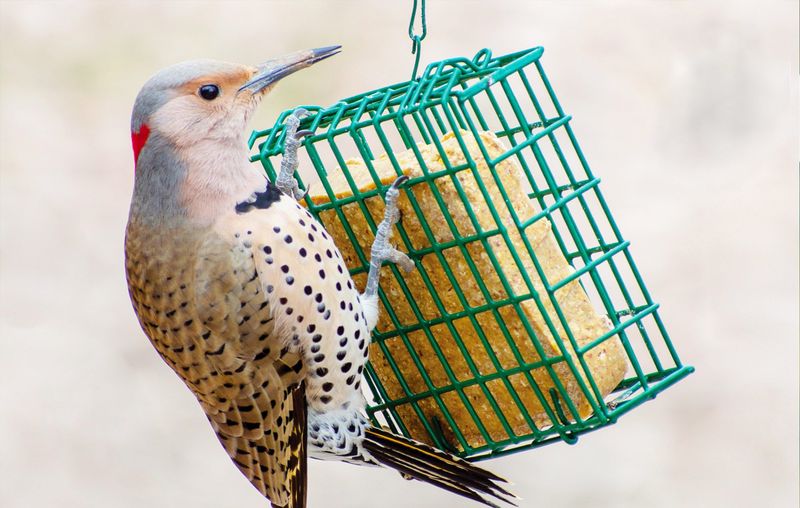
When preparing suet, some ingredients should be avoided to ensure bird safety. Salty foods and artificial sweeteners can harm birds, affecting their health and well-being.
Avoid using bread or other fillers that lack nutritional value. Instead, focus on nutrient-rich ingredients like seeds, nuts, and dried fruits. Ensuring a balanced composition supports birds’ dietary needs and enhances their energy levels.
Being mindful of the ingredients in suet not only protects birds but also maximizes the benefits of your feeding efforts. By offering high-quality suet, you contribute to healthier, more resilient bird populations.
9. How To Store Suet?
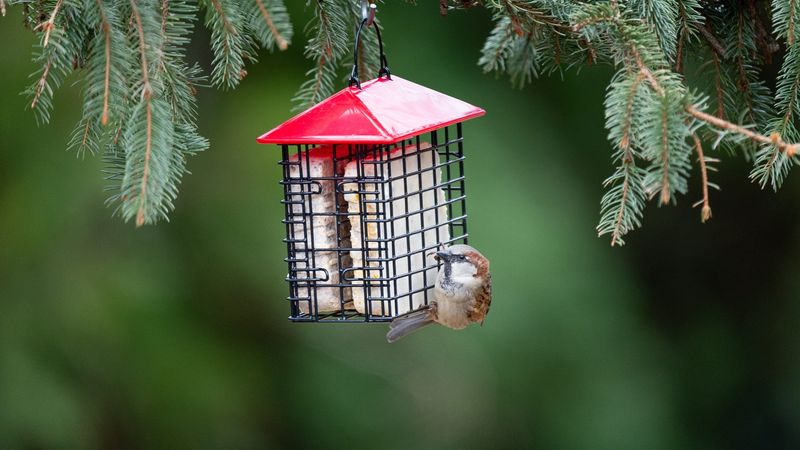
Proper storage of suet is vital to maintain its quality and safety for birds. Store suet in a cool, dry place, ideally in a refrigerator or freezer, to prevent spoilage, especially during warm weather. Label homemade suet with preparation dates to track freshness and ensure you’re offering the best possible nutrition.
For long-term storage, consider vacuum-sealing suet cakes to preserve their quality. By adhering to proper storage methods, you not only extend the life of your suet but also guarantee that it remains a valuable food source for birds. This careful approach supports consistent feeding and contributes to successful bird-watching.
10. How To Deal With Unwanted Animals At Suet Feeders?
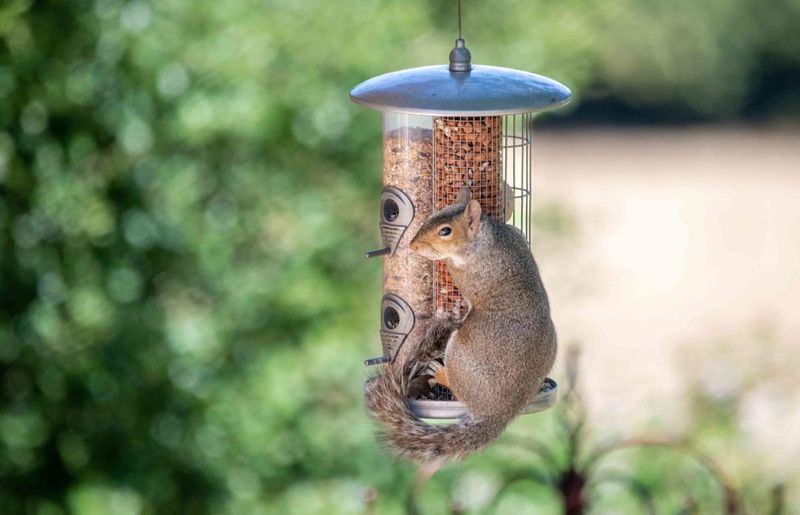
Unwanted animals, such as squirrels, often pose challenges at suet feeders. To deter them, consider feeders with built-in baffles or cages that restrict access to birds.
Using spicy suet, which contains hot pepper, can also discourage mammals while remaining safe for birds. Position feeders strategically, away from overhanging branches or structures that animals might use to gain access.
By implementing these strategies, you minimize disruptions and ensure your suet feeding station remains a haven for birds. This focus on accessibility and protection contributes to a thriving and enjoyable bird-watching environment.


